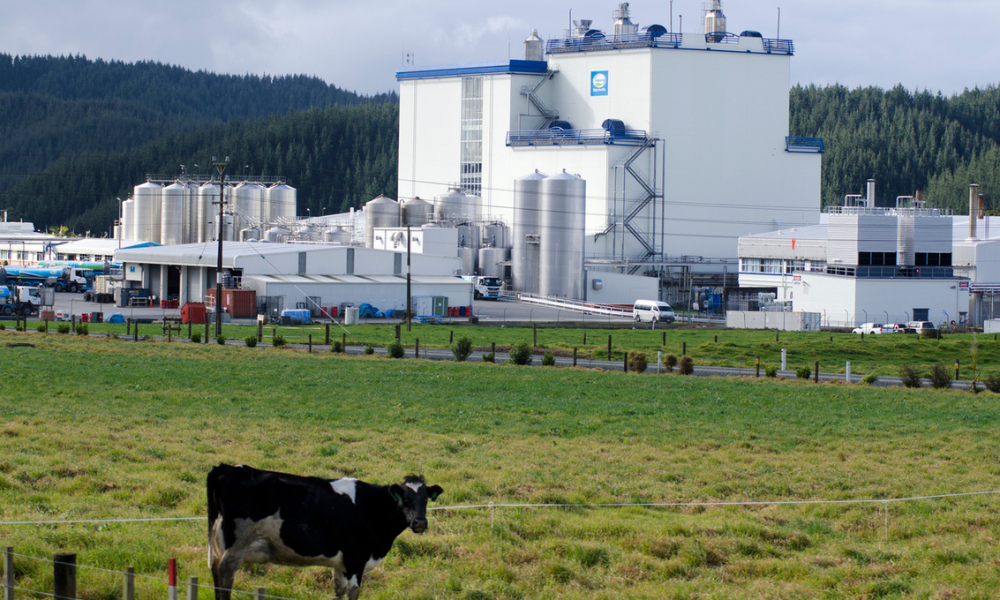How likely are your employees to sustain an injury at work? New information from Statistics New Zealand could shed some light.
New data from Statistics New Zealand has shown that men are more prone to workplace accidents than their female counterparts.
This is somewhat unsurprising, considering that the industries considered the highest-risk by the government, such as forestry and construction, are male-dominated.
According to the statistics, which were released yesterday, 71% of all workplace injury claims are generated by men, while 96% of fatal injury claims came from accidents involving male workers.
The information was based on work-related injury claims accepted by the Accident Compensation Corporation (ACC).
Another factor found to correlate with the number of claims made was age; the highest rates of injury claims came from younger workers – those aged between 15 and 24 – and older age groups – those aged 65 and over.
“Older workers had high rates of injury claims accepted by ACC, especially for more-serious injuries,” said Michele Lloyd, customer, policy and research manager at Statistics NZ.
Provisional figures for last year showed that workers aged 65 and over had the highest rates of claims for serious injuries.
For the first time, Statistics NZ has included Accredited Employers Program (EAP) claims in work-related injury statistics.
The statistics showed that the overall rate of claims in New Zealand was 111 for every 1,000 full time workers.
In 2014, ACC approved more than 225,000 claims for injuries sustained at work.
Regionally, Gisborne and the wider Hawkes Bay area had the highest incidence rate, with 159 claims per 1,000 full time employees.
Agriculture, forestry and fishery workers had the highest incidence rate by occupation, with 242 claims per 1,000 full time workers last year.
They were closely followed by workers in elementary occupations, with 238 claims per 1,000 full time workers, and tradies, with 209.
Interestingly, the data also showed that self-employed workers were more inclined to experience workplace injuries that employees were – perhaps due to a lack of HR professionals’ influence.
In September, the government announced that industries that had improved their health and safety records would be rewarded financially by the ACC scheme.
“We will now have fairer work levies based on industries with the greatest injury costs paying their true share of those costs,” said ACC Minister Nikki Kaye at the time.
The recently passed Health and Safety at Work Act will come into effect in April 2016, with the intention of lowering the risks posed to employees in the workplace.
You might also like:
What does the Health and Safety at Work Act mean for employers?
Industries to be rewarded for health and safety improvements
Ground-breaking health and safety case reaches verdict
This is somewhat unsurprising, considering that the industries considered the highest-risk by the government, such as forestry and construction, are male-dominated.
According to the statistics, which were released yesterday, 71% of all workplace injury claims are generated by men, while 96% of fatal injury claims came from accidents involving male workers.
The information was based on work-related injury claims accepted by the Accident Compensation Corporation (ACC).
Another factor found to correlate with the number of claims made was age; the highest rates of injury claims came from younger workers – those aged between 15 and 24 – and older age groups – those aged 65 and over.
“Older workers had high rates of injury claims accepted by ACC, especially for more-serious injuries,” said Michele Lloyd, customer, policy and research manager at Statistics NZ.
Provisional figures for last year showed that workers aged 65 and over had the highest rates of claims for serious injuries.
For the first time, Statistics NZ has included Accredited Employers Program (EAP) claims in work-related injury statistics.
The statistics showed that the overall rate of claims in New Zealand was 111 for every 1,000 full time workers.
In 2014, ACC approved more than 225,000 claims for injuries sustained at work.
Regionally, Gisborne and the wider Hawkes Bay area had the highest incidence rate, with 159 claims per 1,000 full time employees.
Agriculture, forestry and fishery workers had the highest incidence rate by occupation, with 242 claims per 1,000 full time workers last year.
They were closely followed by workers in elementary occupations, with 238 claims per 1,000 full time workers, and tradies, with 209.
Interestingly, the data also showed that self-employed workers were more inclined to experience workplace injuries that employees were – perhaps due to a lack of HR professionals’ influence.
In September, the government announced that industries that had improved their health and safety records would be rewarded financially by the ACC scheme.
“We will now have fairer work levies based on industries with the greatest injury costs paying their true share of those costs,” said ACC Minister Nikki Kaye at the time.
The recently passed Health and Safety at Work Act will come into effect in April 2016, with the intention of lowering the risks posed to employees in the workplace.
You might also like:
What does the Health and Safety at Work Act mean for employers?
Industries to be rewarded for health and safety improvements
Ground-breaking health and safety case reaches verdict





